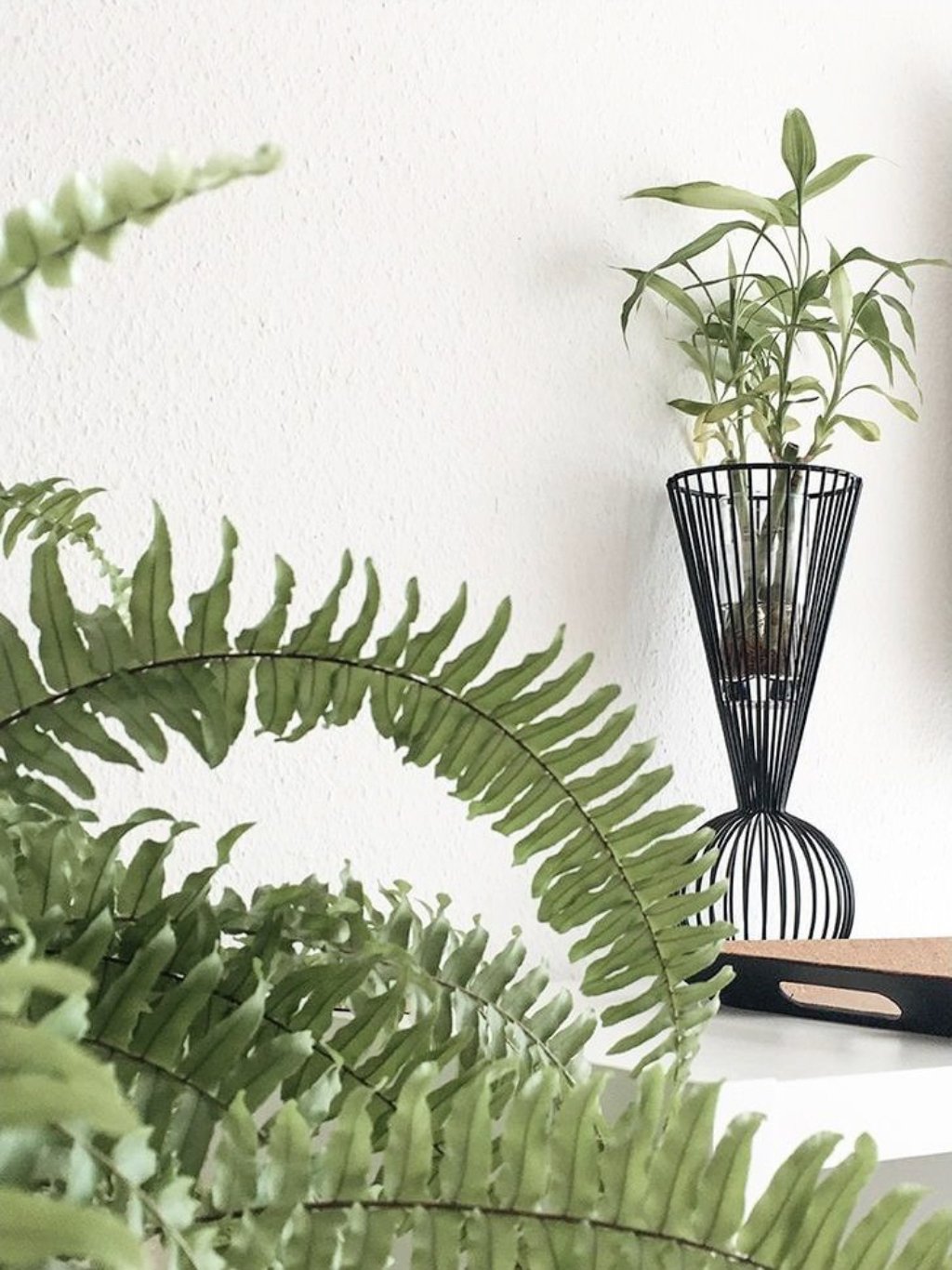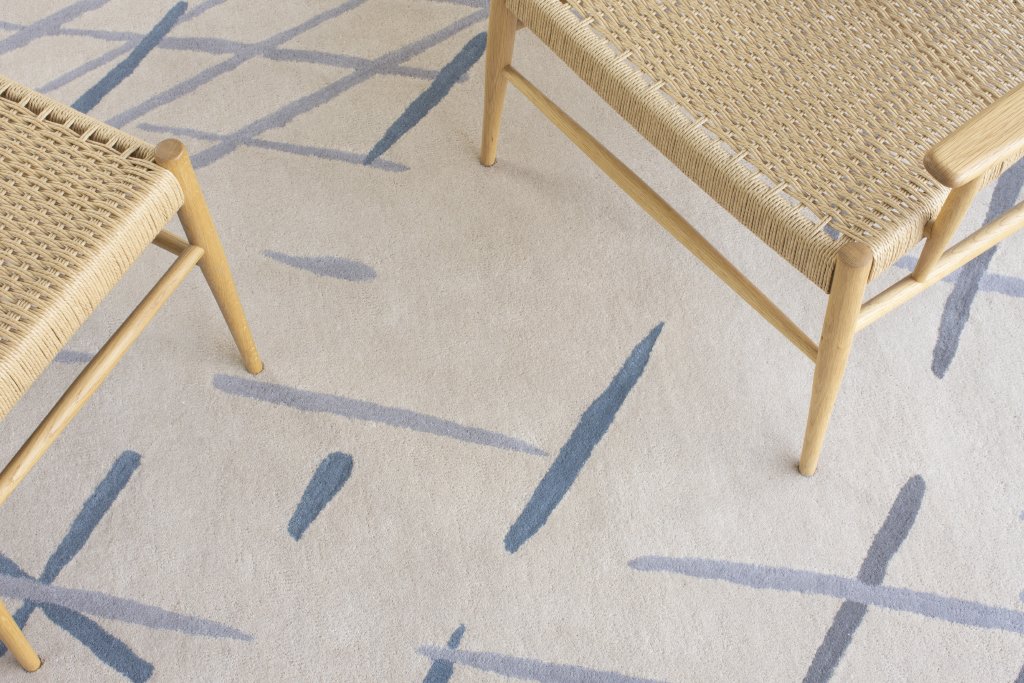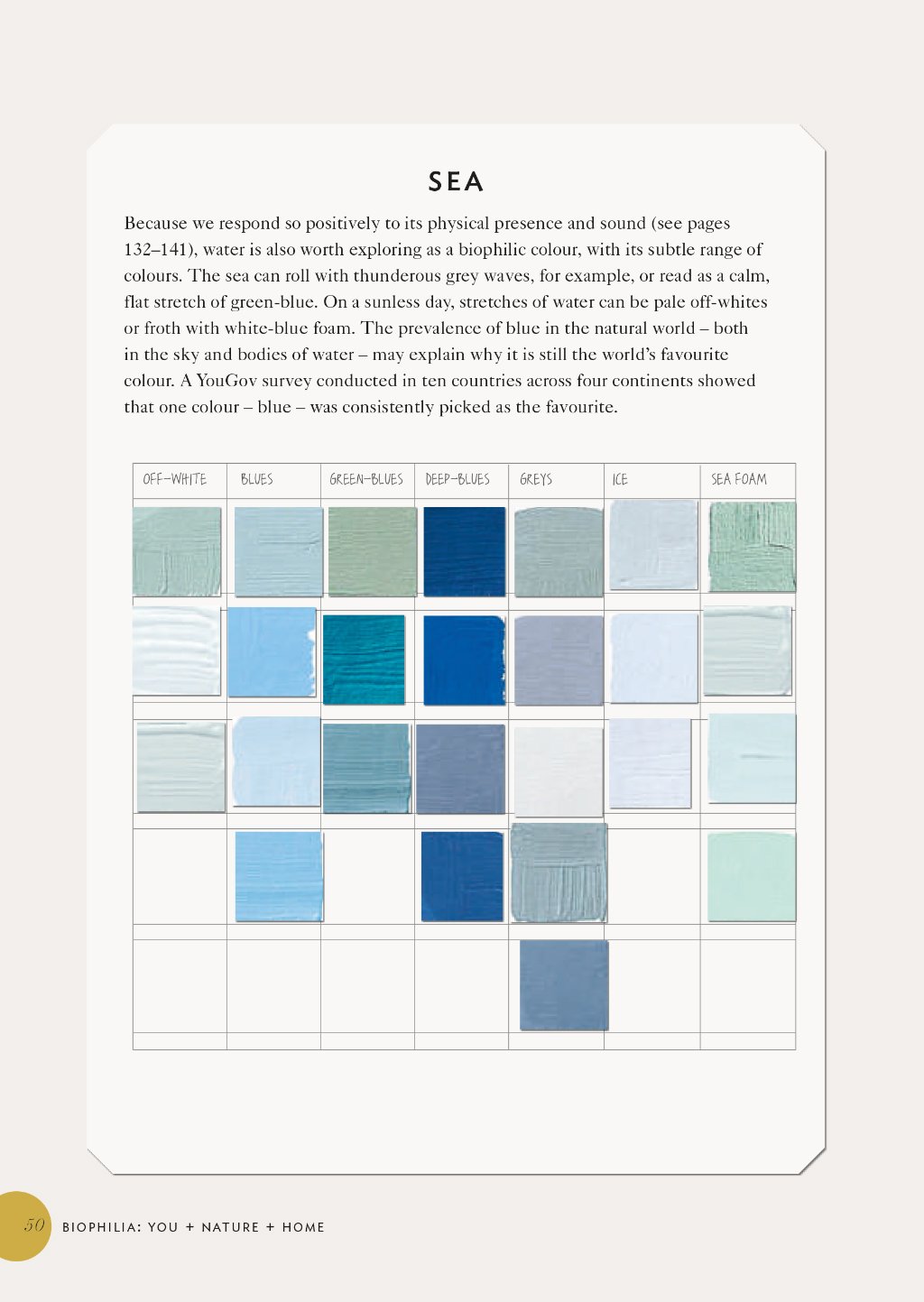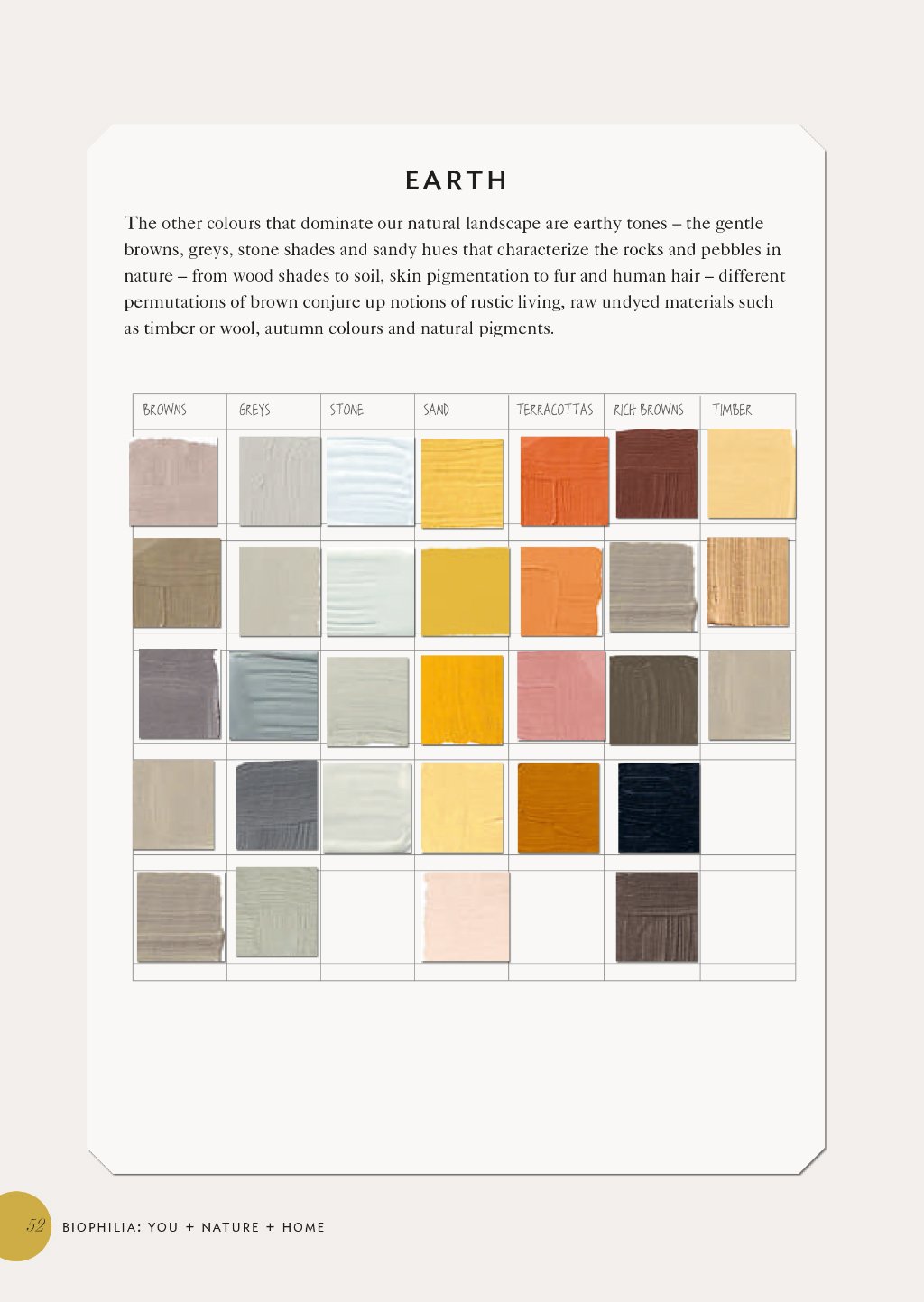Your Cart is Empty
WE ARE OPEN AND DELIVERING RUGS & HOME FURNISHINGS - FREE UK DELIVERY ON ORDERS OVER £100

We are all experiencing an incredibly challenging time as we observe new social distancing and self-isolation ways of living. For some of us, this may have necessitated only small changes to our day-to-day lives, for others these adaptations may be immense.
Using evidence from Biophilic design research that suggests there is a direct link between contact with nature and wellbeing, there are a number of things we can all do to make our new daily routines and living / working spaces more nurturing and productive at this time.
At this time, while staying indoors and connecting with the world through social and digital media, finding connections with the outdoors is more important than ever.Being surrounded by, or reminded of nature makes us feel good, so we should make as many meaningful connections with our natural surroundings as possible.
To bring you some recommendations on how best to create a more nurturing and positive atmosphere in the home, we spoke to a few experts in the fieldof Biophilic design to ask them for their tips and advice.
Photo above: Interior design Pia Design, Photographer, Anna Yanovski
One of the most important things we can do is be kind to ourselves, and others. In our conversation this week, Sally Coulthard, author of a beautiful new book Biophilia: You + Nature + Home suggests that we nurture ourselves with simple things,
Nature makes us feel good - this statement is at the crux of Biophilic design. For centuries humans have incorporated nature into design, because we respond to it positively. In more recent years, studies have shown that having a connection with nature can improve memory and focus, reduce anxiety, stress and depression, lower heart rates, blood pressure and inflammation, as well as improve our immunity and sleep patterns. All are undeniably good reasons for taking a walk in the woods, or spending time in the garden.

Photo: Silvia Ceria, DforDesign
Interior designer & design blogger, Silvia Ceria (aka DforDesign) told us that for her “the aim is creating an uplifting atmosphere that goes beyond aesthetics.” Taking all the evidence into consideration, a human-centered and multisensory approach seems to be what is needed.
We also spoke with Pia Pelkonen, from Buckinghamshire-based Interior Design company, Pia Design, who describes nature as her energizer.
Knowing that nature makes us feel good, we can take small steps at home to encourage this connection, and help us to benefit from nature’s ‘medicine’.Here are some simple tips on how to easily create your own multisensory, Biophilia-inspired home.
Silvia even suggests taking a fallen branch while out on a walk in the woods, making that connection with your local nature stronger, and bringing it home with you. Some plants also act to purify the air that we breathe, so they are indeed nurturing us in many multisensory ways.
“Spring is the best time of year for experiencing nature - every garden, balcony and window sill is an opportunity to feel closer to the certainty of the natural world around us.” Pia Pelkonen
Pia reminds us that Biophilic design is not just about plants and greenery, but also materials. Natural materials like wood, stone, leather, linen and wool etc. with lovely natural finishes, can also foster our closer connection with nature.Our human connection with nature is personal and we each need to identify what makes us feel connected, be that plants or flowers, colours, materials or textures.
Natural materials feel ‘more at home’ to humans and more authentic than materials that are highly artificial.
“Living spaces that incorporate lots of natural materials give us a direct connection to the outside… we've evolved to be sensitive to how things look... we can tell just by looking at a woollen rug, that it'll feel soft to the touch, or that a stone floor will feel pleasantly cool underfoot. Perhaps we feel more comfortable with natural materials because we can ‘read’ them more easily than man-made ones?” Sally Coulthard

Photo: Claire Gaudion handmade wool rugs and furniture by &Bespoke
Nature-sounds apps are being discovered by more and more people to bring calm to our busy lives. Digital simulations of birdsong, waves and other natural sounds can aid relaxation and sleep as well as enhance creativity and productivity.Pia uses Playlists for different moods and workflows to meet her needs, for example, Monday motivation, or sounds to aid concentration for admin.
Fresh flowers and scented candles can also bring positive Biophilic effects to our homes spaces which are working hard for us on many levels, as working, relaxing and nurturing spaces.
Fresh air is invigorating and another element of Biophilic design that can boost wellbeing. So open the windows and breathe it in, and spend time outside when you can. It is not just the air itself that benefits us.
The movement of things that we see and sense are also beneficial, depicting natural non-rhythmic movements such as grasses blowing in the breeze, or flickering of flames in the fire. Perhaps you could make a mobile to hang in the window, to create this visual movement.
“Nature is very generous with colours and features all sorts of hues, from subtle to bright ones. Colour is also a very personal thing. Some people prefer muted and neutral colours whereas others feel happier when surrounded by bright colours. So just go with what makes you feel good!” Silvia Ceria

Photo: Sally Coulthard, Biophilia: You + Nature + Home
Research around which colours are best for our wellbeing is still very limited, and colour is an incredibly complex and individual element of design. This is something we have discussed in detail on the blog, and you can read more about how we react to colour, HERE.“Chemical, bright colours are great but they’re very stimulating - nature’s palette, especially in the northern hemisphere, is much more nuanced than that - lots of paler colours - soft blues, greens, gentle browns, sunset pinks, reds and rusts etc. Dark colours are very comforting too, especially for evening spaces. If we use bright colours I think it’s important to use them sparingly, so they have a chance to shine. Imagine a huge green field with a small patch of daffodils - the yellow stands out because its not the dominant colour but it draws our attention anyway. Nature uses really bright colours very sparingly - they usually signal either something wants your attention or something is toxic - either way, they’re very attention grabbing but also exhausting in large amounts.” Sally Coulthard

Photo: Sally Coulthard, Biophilia: You + Nature + Home
Organising time and space is important to create definitions between work, exercise and relaxation areas, as well as for the different people who are sharing that space.
Silvia uses storage baskets to keep her work tools together so they can be tidied away quickly and easily, transforming the space ready for another function, and also serving as a mental cue that it’s the end of work for the day.
While working from home, we should take breaks and move around as well as vary our time between digital work, practical tasks and conversations. Plan for some quiet time in the day too.
We need nature now more than ever, and there are many ways that we can encourage a connection with nature – be this through plants, light, materials or colours - and bring these elements into our home to support positivity and happiness during this challenging time.
If you are looking for more inspiration, Sally Coulthard’s new book 'Biophilia: You + Nature + Home', is highly recommended, it’s a handbook for how to bring the natural world into your life. Silvia Ceria designs wellbeing-centered interiors and has published numerous Biophilic design articles and inspirational moodboards on DforDesign, and Pia Design works everyday on bringing this concept to life through interior architecture and design.
You may also be interested in our articles on Biophilic Design and Biomimicry, Materiality and Nature and Understanding How We React to Colour.
Thank you to Pia Pelkonen, Sally Coulthard and Silvia Ceria for taking the time to talk to us about Biophilic design.